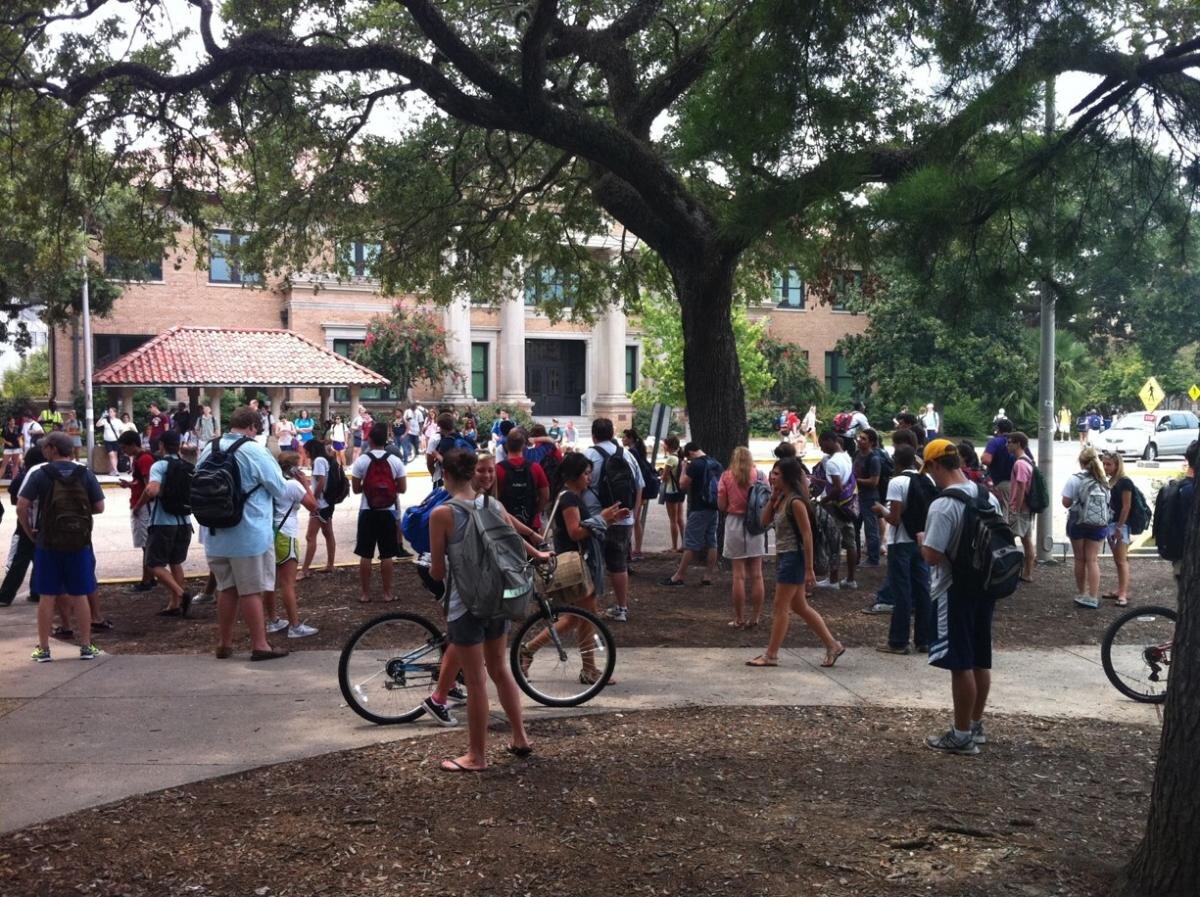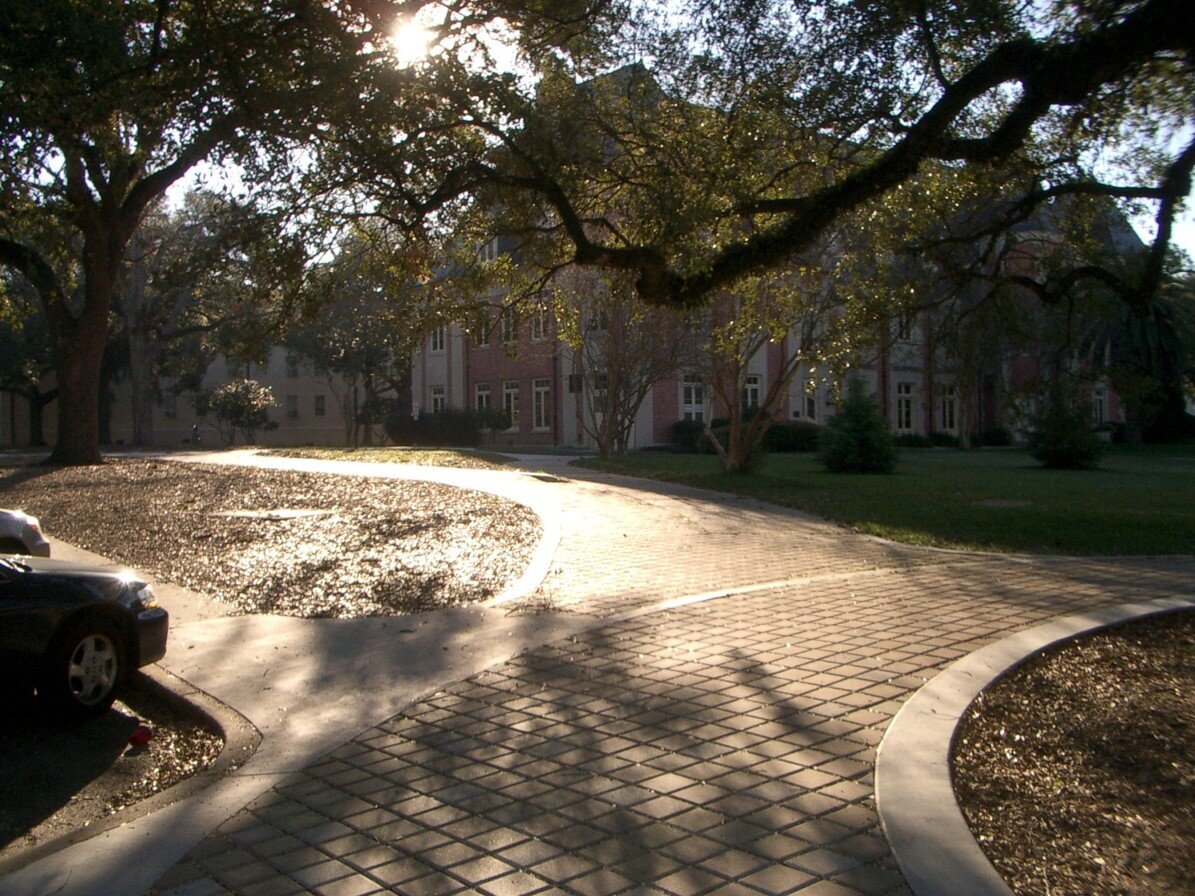Getting to the Root of the Problem
By Robert Bowers, P. Eng., ICPI Director of Engineering
ICPI Director of Engineering, Robert Bowers, P. Eng., receives questions from members in need of advice and tips regarding the best practices to use when constructing paver driveways.
One recent questions referred to a residential driveway. A client wanted to install a 2,000 sf paver driveway due to the roots from 100+ year old oak trees that had damaged the existing driveway. The clients wanted a solution that would give them an attractive, stable driveway, yet would not hurt the roots of the trees.
Any cutting or compaction near the roots would result in excessive stress on the trees, possibly causing it to die a couple years, so what is the best way to install concrete pavers over existing roots without damaging the root system?
Obviously cutting the roots back to install the paver base would not be an option. Alternately, installing the aggregate base on top of the existing root mat would also present problems. Compacting the aggregate base could injure the root system. Over time the roots would grow towards the surface, through the base and bedding sand in their search for water. Eventually this would cause movement and buckling of the paver surface.
Image above: Cracking caused by tree roots (http://www.qualityincalifornia.com/2011/09/cracking-from-tree-roots.html(link is external))
A better solution would be to consider a permeable interlocking concrete pavement (PICP) system. PICP is typically constructed on uncompacted subgrade. A plus for the tree roots. PICP will detain water under the pavement surface to allow it to infiltrate into the subgrade. Another plus for the trees. Tree roots also require air. In a typical PICP base, 40% of the volume is air. Again, another plus for the trees. This open volume also give the trees root plenty of space to grow before surface movements are become a problem. When you add it all up, PICP systems make sense when you consider the impact and needs of the surrounding trees.
A similar situation occurred at Louisiana State University. The landscape architect used PICP systems in areas around 200+ year old oak trees. The open graded aggregate base of the PICPs reduce the compacted forces from students walking on the soil, and PICP delivers water and air to the tree roots. The trees on campus that once showed visible signs of distress are now thriving.
Left: LSU's campus where PICP systems were installed to reduce the compacted forces from students. Right: PICP systems installed on LSU's campus in areas around 200+ year old oak trees.
Have an engineering or technical question? Robert is always ready to respond with the latest technical resources and information.
To read more blog posts, visit the ICPI Tumblr(link is external) page.




